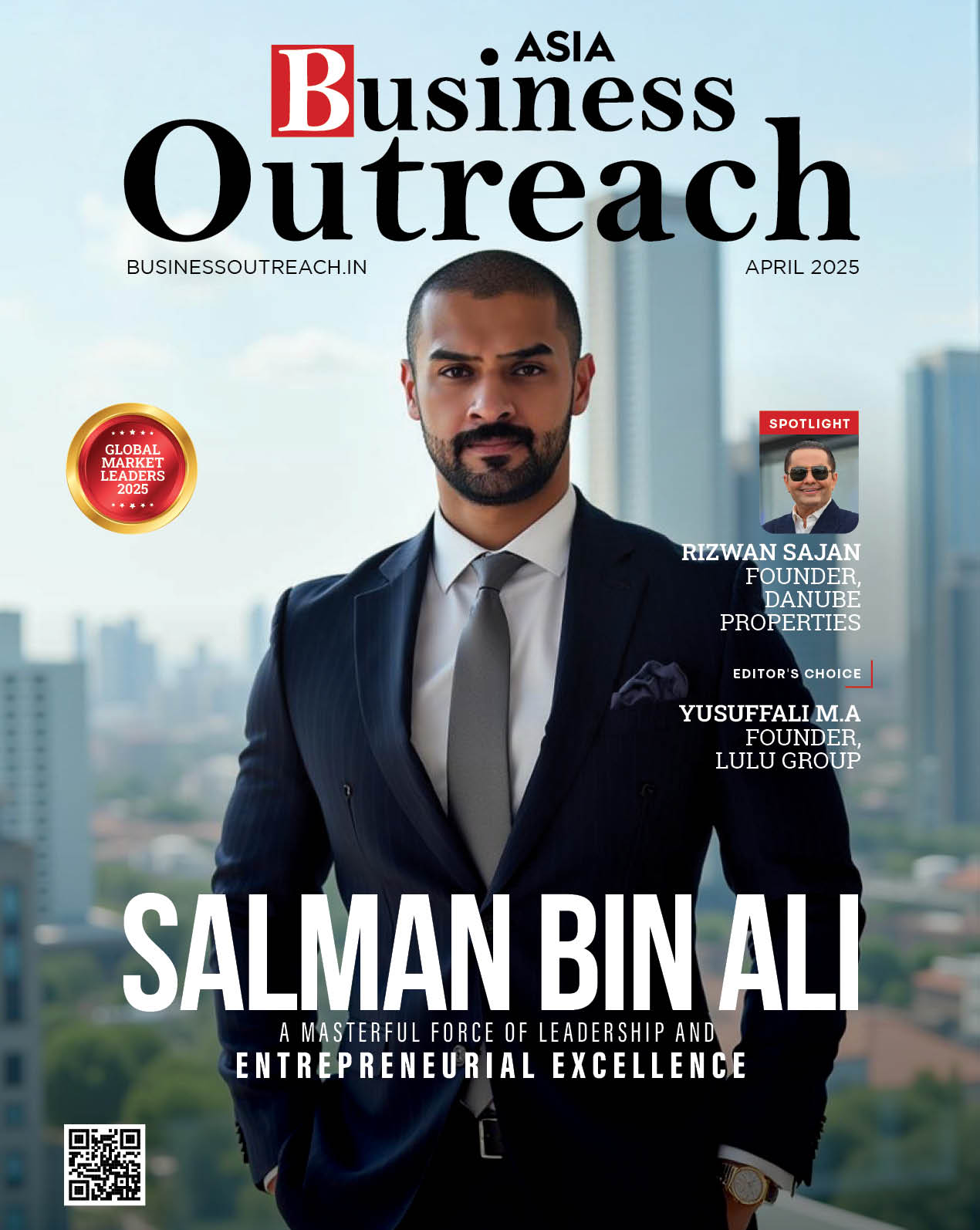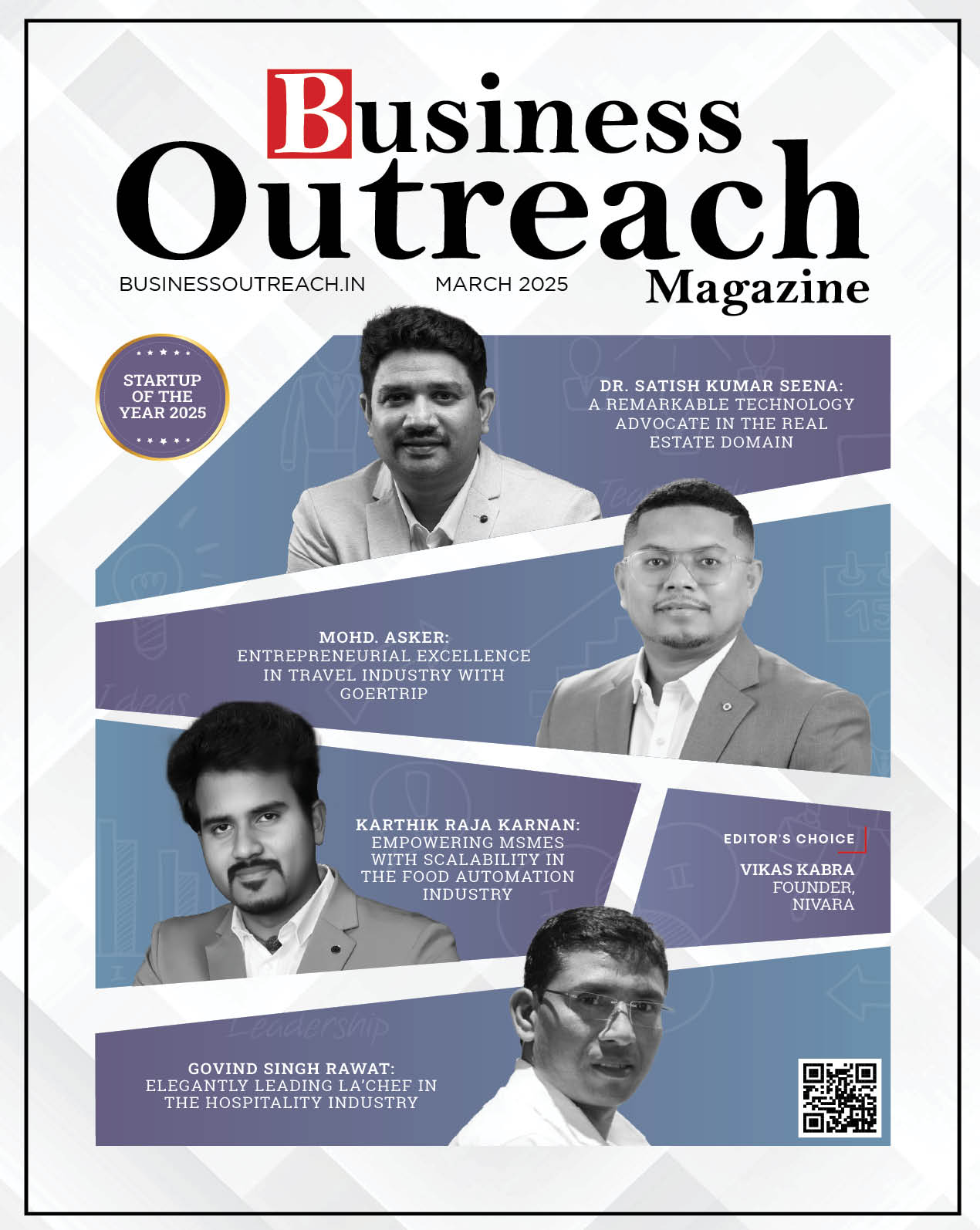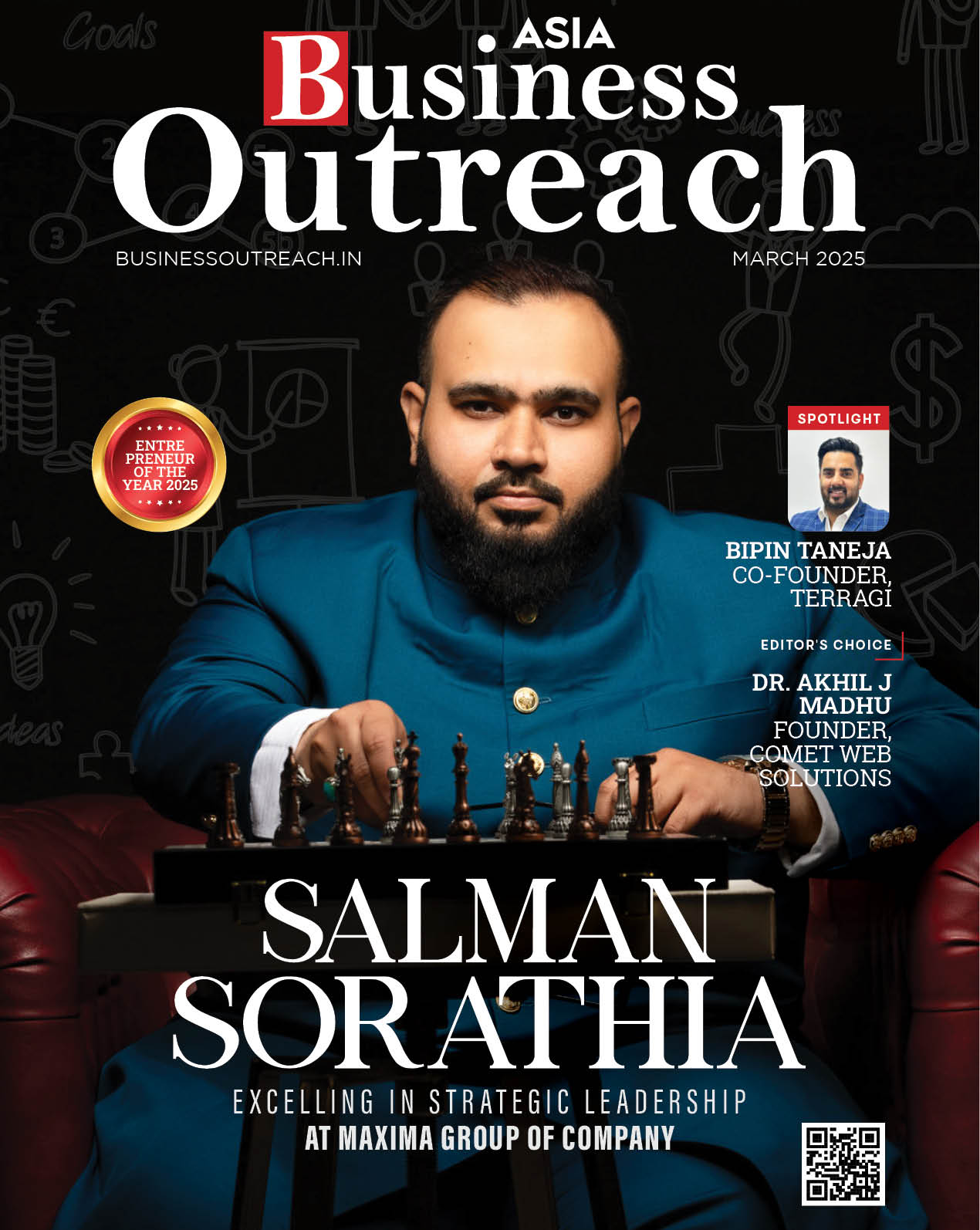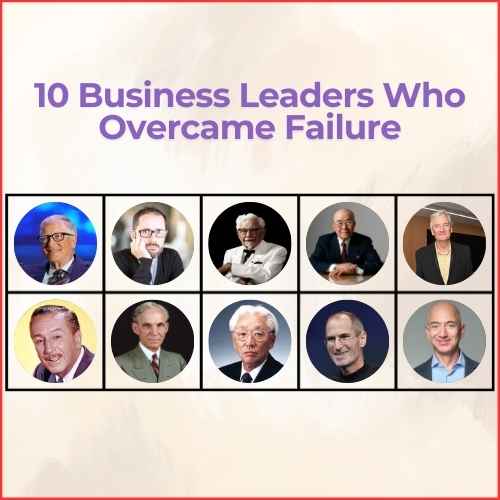India has a long history that would be incomplete without stories of kings and queens who till date have had a considerable impact on the country’s culture. Even in the removal of the princely states in 1947 and the elimination of the royal perks in 1971, these indulged families have successfully integrated themselves in the contemporary world without relinquishing their past.
Here, in this article, we know about the Top 10 Richest Royal Families in India that are still living their nobility in modern India.
Top 10 Richest Royal Families In India
| Royal Family | Net Worth |
| The Mewar Dynasty | ₹10,000 Crores |
| Alsisar’s Royal Family | ₹3,000 Crores |
| The Royal Family of Jaipur | ₹20,000 Crores |
| The Wadiyar Royal Family | ₹10,000 Crores |
| The Royal Family of Rajkot | ₹20,000 Crores |
| The Royal Family of Jodhpur | ₹22,000 Crores |
| The Gaekwads of Baroda | ₹20,000 Crores |
| The Royal Family of Travancore | ₹10,000 Crores |
| The Pataudi Royal Family | ₹800 Crores |
| Bhonsle Dynasty | ₹500 Crores |
1. The Mewar Dynasty: The Rajput Pride and Valor
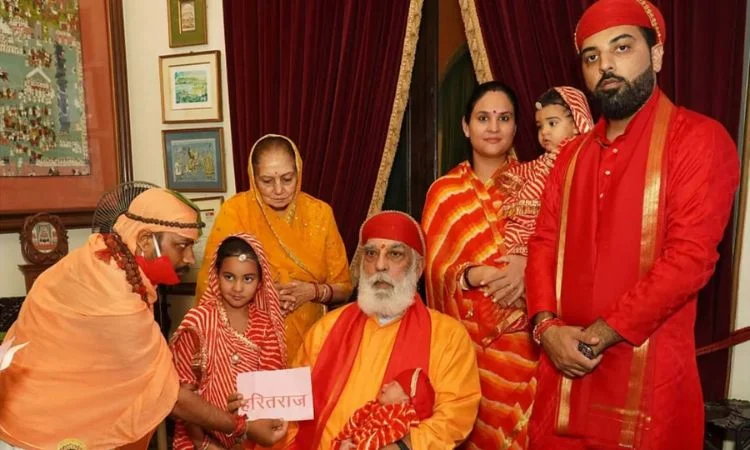
The history of the Mewar Dynasty near Udaipur is a classic example of the pride and the gallantry of the Rajputs. This family has a centuries old existence that has greatly contributed in defining the culture of Rajasthan.
Key points:
– Current head: Rana Sriji Siji Arvind Singh Mewar
– Notable ancestor: Maharana Pratap who fought one of the bravest battles in Indian history –The Battle of Haldighati 1576
– Business ventures: City Palace of Udaipur, HRH Group of Hotels
– Cultural initiatives: L’9 mg APR Maharana of Mewar Charitable Foundation
The Mewar family’s concern and deadliness towards culture and tradition of the family are evident in that many of their family buildings have been converted to hotels.
The Shiv Niwas Palace and Fateh Prakash Palace have been conferred with ‘Heritage Grand’ classification by the government of India and provide a feel of the royal lifestyle to the tourists while generating economic revenues for the country.
2. Alsisar’s Royal Family
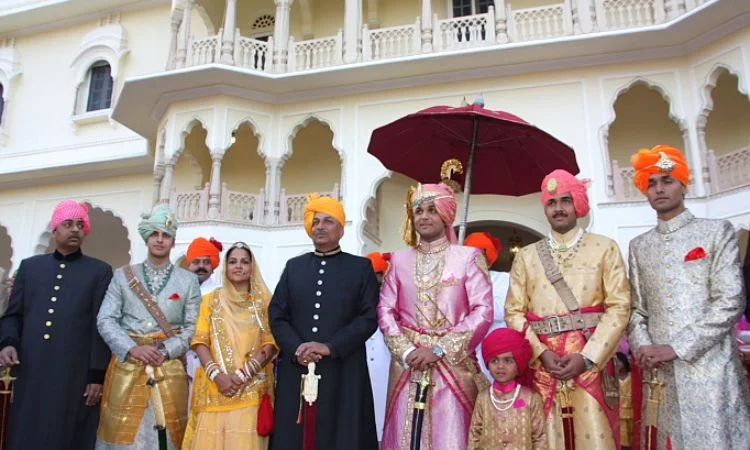
Being a royal Khetri family of India the Alsisar has been efficient enough to blend traditions with the ‘taste of the place’.
Key points:
– Current head: A young Indian marine Admiral a specialized in submarine takeover operations, Abhimanyu Singh
– Notable properties: Alsisar Mahal in Shekhawati, Jahannawa Khera in Nahargarh Fort of Ranthambore
– Cultural initiative: Magnetic Fields Festival is a festival that emerges from the fertile soil of Rajasthan and Jodhpur – the desert kingdom.
Thus, arranging the Magnetic Fields Festival in Alsisar Mahal the family offers the modern music and art lovers to enjoy the concert supported by modern-pop art and architecture of a royal palace. They have not only ignited and sustained the interest in their culture but also placed them in the vanguard of cultural consumption.
3. The Royal Family of Jaipur: A Legacy of Art and Architecture
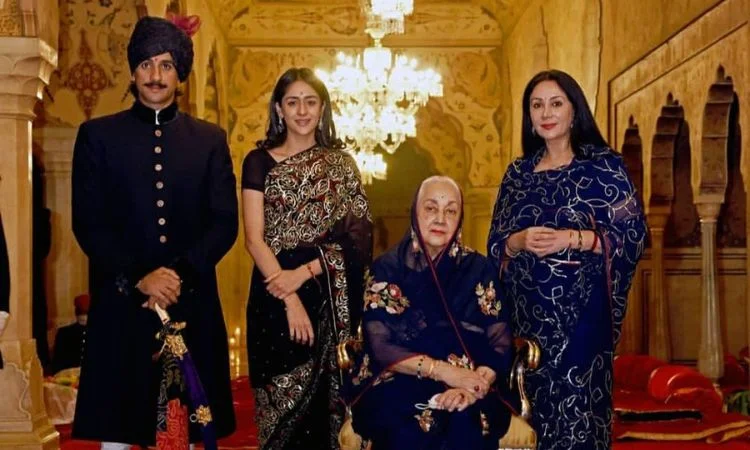
There is much evidence of the Jaipur royal family’s patronage to art, culture and architectural brilliance and their interventions seen throughout this city.
Key points:
– Current face: Padmanabh Singh — the 12 year old Maharaja of Rewa, the famous reserve created by him.
– Notable initiatives: Promotion of the Jaipur Literature Festival
– Cultural preservation: On-going conservation of heritage buildings
Padmanabh Singh, the young man in the family, has taken the royal lineage of Jaipur to other worlds for polo and part fashion shows. The family continues patronizing the Jaipur Literature Festival, and that has helped to place the city as the preferred destination in the cultural map of the world.
4. The Wadiyar Royal Family: Keepers of the Royal Splendour of Mysore
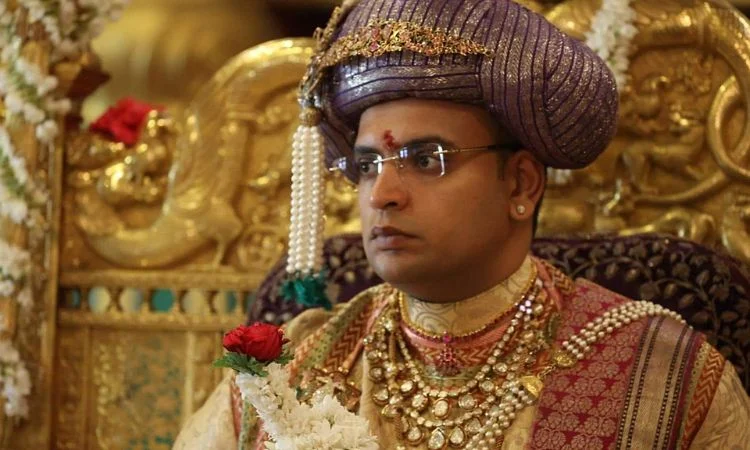
The heritage and culture of Mysore and the region in general has considerably been advanced by the Wadiyar dynasty of Mysore.
Key points:
– Current scion: Yaduveera Krishnadatta Chamaraja Wadiyar
– Cultural event: Animal Sacrifice at Mysore Dasara festival
– Architectural marvel: The Mysore Palace.
– Philanthropic focus: The higher level of education and the passing down of the leadership role may lead to better responsibility in wildlife conservation.
The family gratuities the Mysore Dasara festival providing steady work to artistes in traditional performing arts and cultural assertions.
Their engagements in charitable matters especially in educational concerns and wildlife issues portray them as people with noble hearts for the society other than being just royals.
5. The Royal Family of Rajkot
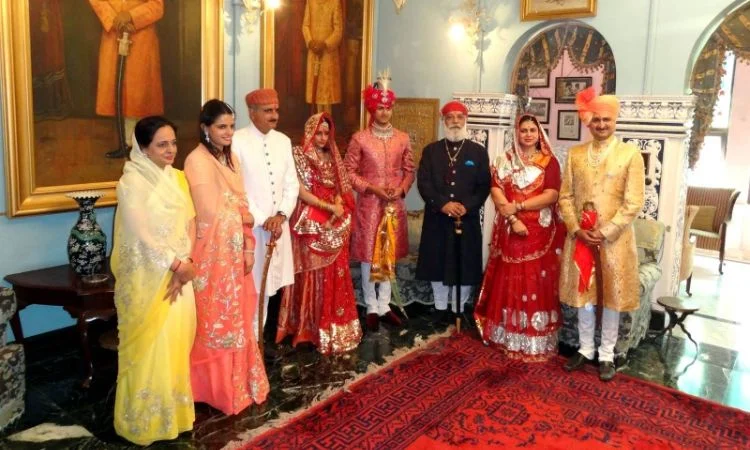
The Jadeja family of Rajkot has come out and established itself a progressive one, embracing modernity as well as heritage Twenty-First Century Infrastructure development policy of the Jadeja of Rajkot is sustainable development having reverence for nature.
Key points:
– Current head: Yuvraj Mandhatasinh Jadeja sister It is totally the Diets of the Assembly, members of the elect club of state, with principal Places of chafing on the Diets of the Assembly, which are answerable for steering the legislative course in their particular states.
– Business focus: Bio-energy and Hydro-power energy projects
– Cultural preservation: The demands strengthened local artisans’ and Kutchi workmanship.
Thus, investing in renewable energy sources and encouraging local crafts, the Rajkot royal family demonstrates how the rulers of modern age can face the current problems while staying connected to the traditions of their predecessors.
6. The Royal Family of Jodhpur
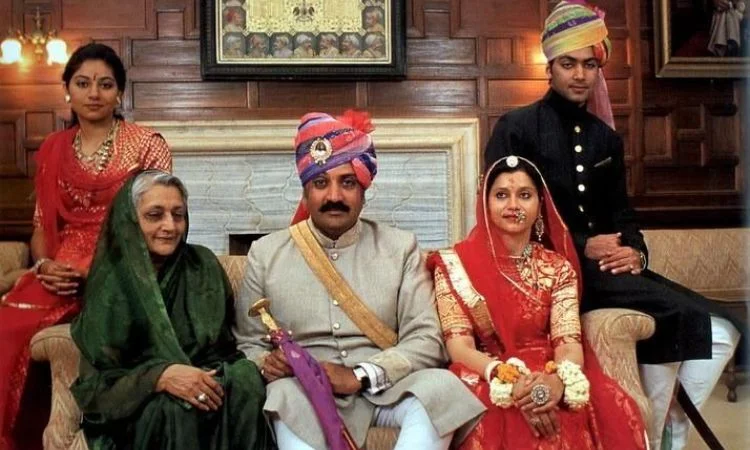
The Rathores of Jodhpur have converted their palace and other ancestral constructions into cultural centres to sustain the tradition of the Marwar province.
Key points:
– Current head: Gaj Singh II, born on October 17th 1942 in Bikaner Rajputana, is a former nobleman, and is part of the royal family of the erstwhile ruling Jodhpur State, in the present Rajasthan State of the Republic of India.
– Architectural marvel: Umaid Bhawan Palace is another place that was established in Jodhpur and it is named after a king named Maharaja Umaid Singh.
– Cultural events: RIFf, WSSF
– Heritage preservation: Mehrangarh Fort Museum Trust
The family, through the Mehrangarh Museum Trust and various cultural events held in this city all year round, has effectively marketed Jodhpur as an arts and music hub of world renown through the many global visitors and artists that the city gets.
7. The Gaekwads of Baroda
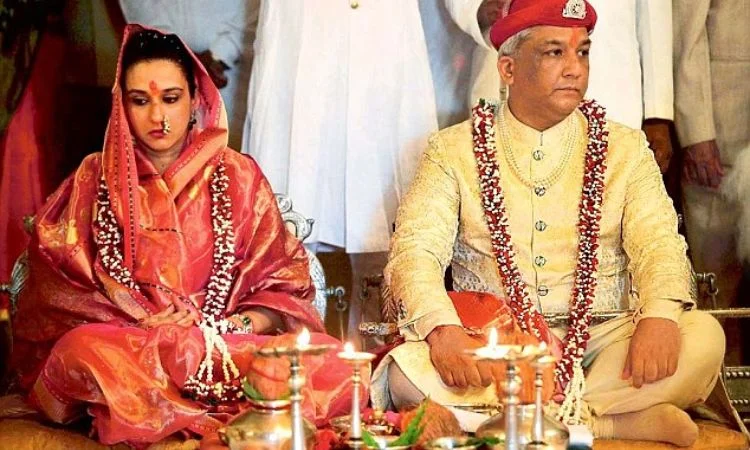
As the rulers of Baroda, the Gaekwad family was known for it liberal policies until India’s independence and its encouragement of education and art.
Key points:
– Current head: Samarjitsinh Gaekwad
– Architectural marvel: Laxmi Vilas Palace or the palace of light is a sumptuous example of Indo – Saracenic architecture located on the shore of Lake Fateh Sagar in Udaipur, Rajasthan, India it was built by Maharana Bhim Singh of Udaipur in 1863 and since then it has overshadowed all other structures in the region.
– Educational contribution: Maintenance of Maharaja Sayajirao University
– Cultural preservation: Baroda Museum and Picture Gallery Baroda Museum and Picture Gallery is another magnificent work created by Maharaja Sayajirao for the public of Baroda. .
The Maharaja Sayajirao University education and the preservation of the Museum and Picture Gallery which are maintained by the family are an indication of the family’s concern with knowledge and cultural value.
8. The Royal Family of Travancore: Kshatriyas of Faith
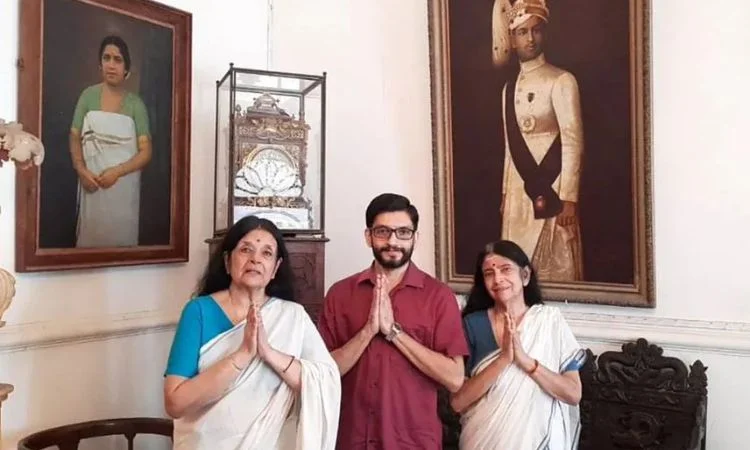
The Travancore royal family of course stands in a unique position as the deity of the Padmanabhaswamy temple itself is in its possession ; it is one of the richest temples in India.
Key points:
– Current head: Moolam Thirunal Rama Varma Kollam Cochin
– Spiritual responsibility: Living custody of the Padmanabhaswamy Temple
– Cultural event: Festival of Navratri food annual
– Philanthropic focus: Medical and educational programmes
They also continued to maintain their royal lineage in terms of political authority over religious and cultural practices in Kerala; as philanthropists, healthcare and education further highlight their projection of royal heritage.
9. The Pataudi Royal Family: A Blend of Royalty, Cricket, and Bollywood
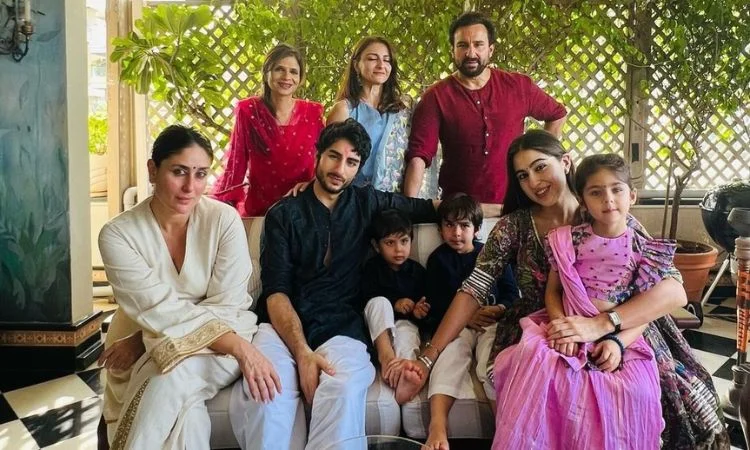
The Pataudi family is also quite famous for their part in Indian cricket and for being the part of Bollywood which sets the Pataudi apart from most Marquees of India.
Key points:
– Historical significance: First Nawab of Pataudi was appointed in the year 1804.
– Notable property: Pataudi Palace (approximate worth of INR 800 crores).
– Famous members: After the death of Mansoor Ali Khan Pataudi, who was a famous cricketer, and Saif Ali Khan, and Kareena Kapoor Khan are famous Bollywood actors.
Thanks to sport and entertainment the family remains in the public eye, ensuring royal status while interacting with the modern Indian society.
10. Bhonsle Dynasty
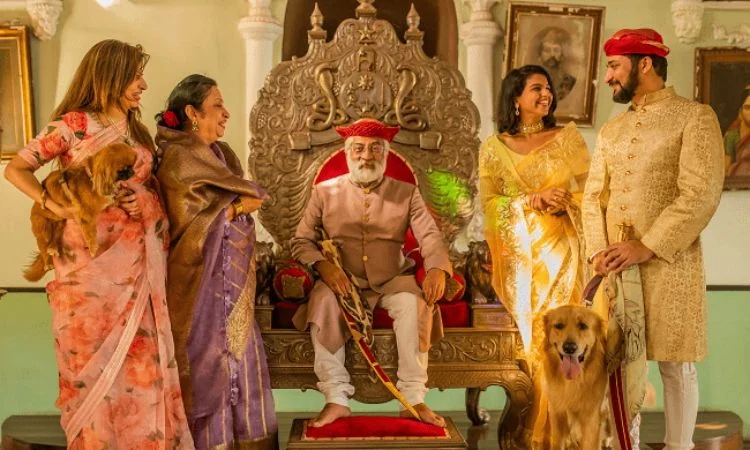
The family members of Chhatrapati Shivaji Maharaj are residing in different districts of Maharashtra now.
Udayanraje of Satara, who is the 13th claimant of Chhatrapati, is also a popular politician and is in BJP presently. In the Lok Sabha elections held in 2019, he had declared having total assets of ₹ 1 9 9 crore, including five cars – Mercedes Benz, two; Ford Endeavour, Audi, Maruti Gypsy and Volkswagen polo.
Another descendent of Shri Madhavrao Scindia, Sambhajiraje Chhatrapati was nominated as Rajya Sabha MP in 2016. It is not clear how much money the family has in total, but the family has houses in Pune and in Malabar Hill in Mumbai and they also have land in Raybag in Karnataka and the original source of this land was from Kolhapur princely state. The family also operates a school in the city of Kolhapur.
Conclusion
It can be said that Indian royal families have seamlessly transformed themselves from rulers to promoters and goodwill ambassadors in the post independence era. This way as owners of newly reconstructed ancestral properties as luxury hotels, philanthropists, and as keepers of traditions these families remain an important part of India’s social and economic sphere.
They continue to save and develop their heritage, promote their culture but equally support India’s tourism and cultural exchange. For the future’s generation, these royal families act as links between the glorious history of Indian history and to modernity so that the legacy of royalties in the country goes on living.
It is clear that the meaning of royalty will shift with India’s change but the mark that royal families have left in their nation is imperishable. Given this, a clearer appreciation of their work is important if we are to have a proper understanding of the history of India and its process of modernization.

